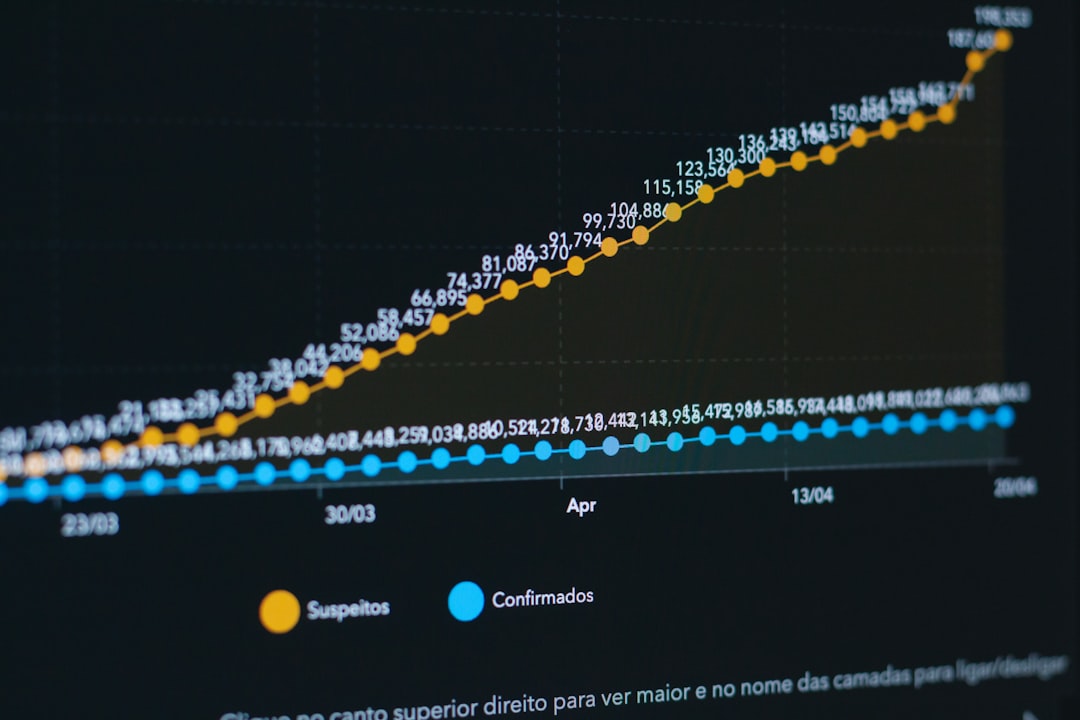In the fast-paced digital world where video content dominates platforms such as YouTube, TikTok, and Instagram, creators are constantly striving to enhance the quality and appeal of their content. One of the most significant advancements in recent years is the automation of video editing tasks. By incorporating artificial intelligence (AI) and machine learning technologies into the editing workflow, creators can improve efficiency while also elevating the overall presentation and impact of their videos.
So, how exactly does automating video editing tasks contribute to better content quality? Let’s explore the multiple ways automation is revolutionizing video editing and enhancing viewer experiences.
1. Time Efficiency and Faster Turnarounds
One of the most obvious benefits of automation is the tremendous amount of time it saves. Tasks that typically take hours, such as organizing clips, adding transitions, and syncing audio, can now be completed in minutes.
- Auto-cutting: AI can detect unwanted pauses, filler words, or repetitive content and trim them out automatically.
- Smart transitions: Automated systems can analyze the tone of the video to apply smooth and contextually appropriate transitions.
- Batch processing: Creators can edit multiple videos simultaneously without sacrificing quality.
This efficiency allows content creators to spend more time focusing on storytelling, branding, and audience engagement rather than spending countless hours in the post-production phase.

2. Consistent Style and Branding
Maintaining a consistent visual style and tone across videos is crucial for brand recognition. Automated editing tools can ensure that fonts, color grading, intro/outro sequences, and visual effects are uniform across all content.
- Template usage: Automation allows creation of reusable templates that standardize visual elements across different projects.
- Logo placement and watermarks: AI can automatically insert branding elements at designated points in the video.
- Audio normalization: Ensures uniform sound levels across all clips, improving the viewing experience.
This level of consistency strengthens brand identity and fosters viewer trust, which is essential for building a loyal audience.
3. Enhanced Visual and Audio Quality
AI-driven tools can upscale video resolution, correct lighting, and balance colors automatically. Similarly, noise reduction tools can clean up audio to ensure crisp and clear sound. These automated enhancements contribute to a more professional final product without requiring advanced technical knowledge.
Some advanced capabilities include:
- Facial recognition and tracking: Keeps the subject in focus and can even apply subtle beauty filters selectively.
- Auto-captions: Platforms can now generate accurate subtitles, increasing accessibility and viewer retention.
- Voice-to-text syncing: Aligns subtitles precisely with dialogue for increased clarity.
These intelligent touches give creators an edge in delivering top-notch content that appeals to a wide, diverse audience.
4. Content Personalization and Scalability
AI not only enhances quality but also enables personalization at scale. For instance, marketers can produce localized versions of the same video in multiple languages automatically or tweak certain elements to cater to different demographics.
Such flexibility can dramatically improve the relevance and engagement rate of content across various viewer segments. In addition, personalized content often performs better on social media platforms due to increased relatability and resonance.

5. Access to Advanced Insights and Suggestions
Many AI editing platforms now offer performance predictions or data insights that guide improvements. These include analysis of past content to determine ideal video lengths, best posting times, and audience engagement patterns.
- Highlight detection: Automatically identifies the most engaging parts of a video for use in trailers or teasers.
- Emotion detection: AI reads facial expressions to fine-tune tone and pacing in emotionally charged scenes.
- Scene categorization: Helps organize large volumes of footage quickly, improving workflow and accuracy.
By integrating analytics into the post-production process, creators can make informed choices that directly improve content performance.
Conclusion
Automating video editing tasks is not just about speed and convenience—it’s a powerful tool for enhancing content quality in a meaningful way. From achieving consistency and professional aesthetics to enabling personalization and data-driven storytelling, automation unlocks a new level of creative potential. Whether you’re a YouTuber, marketer, or filmmaker, embracing AI-driven video editing solutions can elevate your work, streamline your process, and ultimately engage your audience more effectively.





